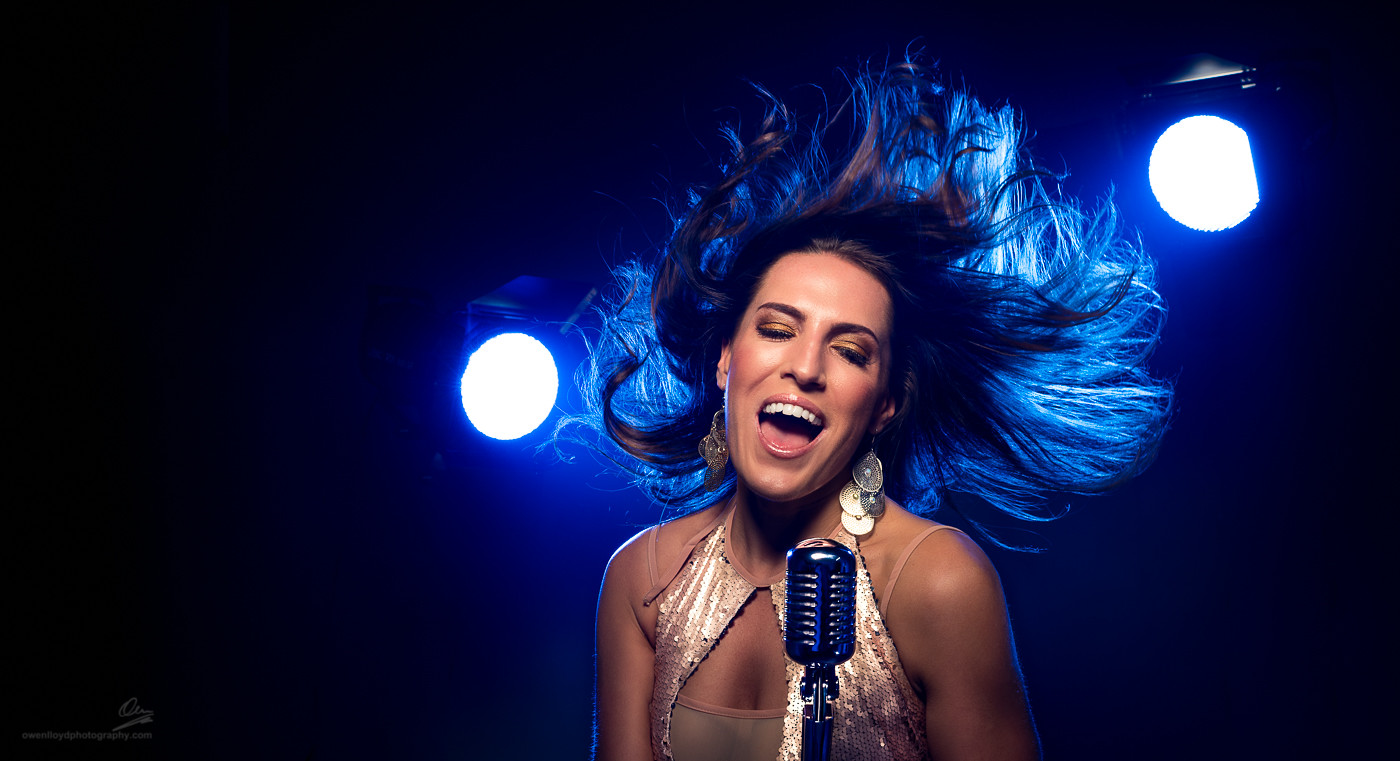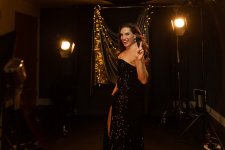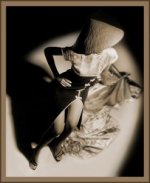- Messages
- 3,067
- Name
- Tim
- Edit My Images
- Yes
For an upcoming shoot, I'll need to turn the studio into a stage, which means black background, haze, fog and backlit with coloured stage lights in the shot, combined with flash. I'd welcome thoughts on the best options for stage lights. Here is what I'm thinking so far:
1. Real stage lights. I do have a couple, however, they are LED and very low-powered in comparison with the studio flash so I doubt the light will show up.
2. Video lights in reflectors with honeycombs. While much brighter than the stage lights, they still put out much less power than the flash.
4. Godox AD200 / 860 / V1 mounted to reflectors with honeycombs. Much more power, but I remember getting them into slave mode to sync with the studio heads was a headache last time I tried to combine them.
3. Inspired by a youtube video, use the studio heads by making a gobo out of cardboard to put on top of a strip softbox, e.g. with several holes, and honeycombs in the holes to focus the light a bit.
The shoot is in a couple of weeks so there is time to experiment a bit.
1. Real stage lights. I do have a couple, however, they are LED and very low-powered in comparison with the studio flash so I doubt the light will show up.
2. Video lights in reflectors with honeycombs. While much brighter than the stage lights, they still put out much less power than the flash.
4. Godox AD200 / 860 / V1 mounted to reflectors with honeycombs. Much more power, but I remember getting them into slave mode to sync with the studio heads was a headache last time I tried to combine them.
3. Inspired by a youtube video, use the studio heads by making a gobo out of cardboard to put on top of a strip softbox, e.g. with several holes, and honeycombs in the holes to focus the light a bit.
The shoot is in a couple of weeks so there is time to experiment a bit.








